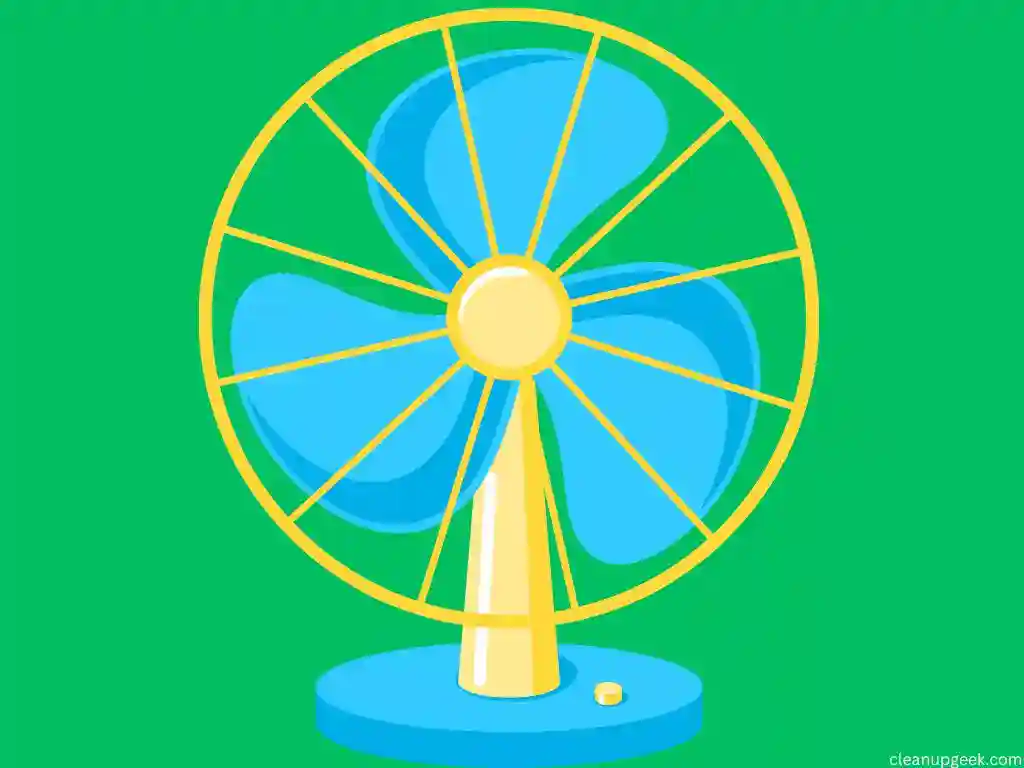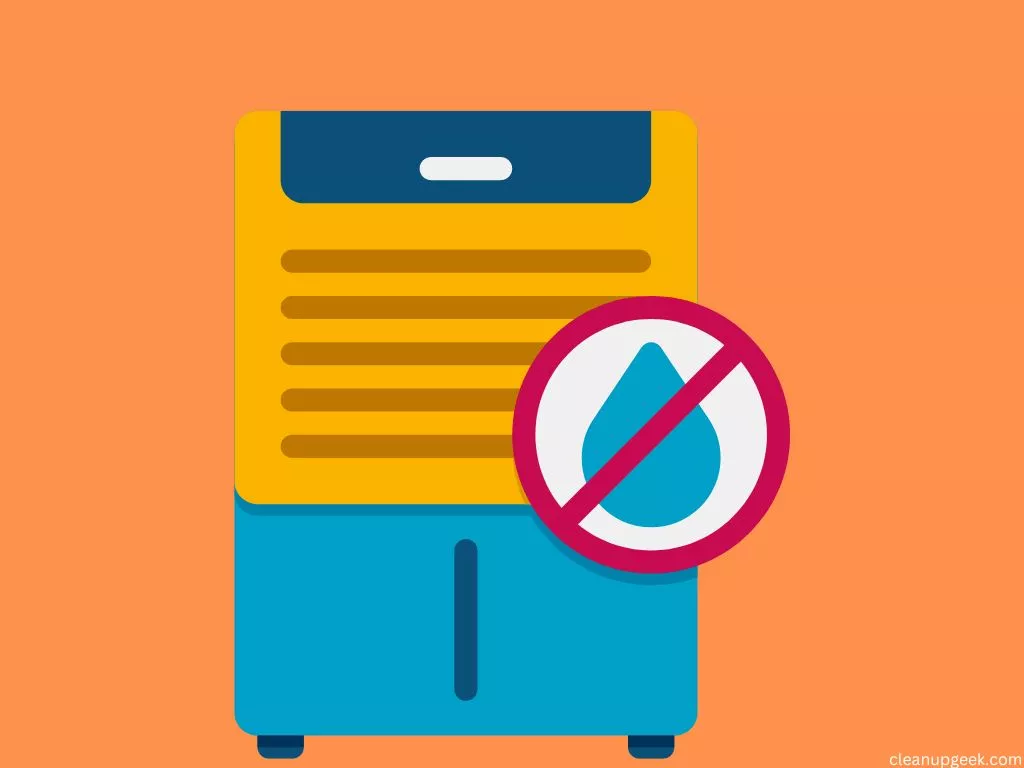Washing clothes is a daily chore that everyone has to face. However, drying clothes can become a real head-scratcher, especially when you don’t have a dryer!
There are several reasons why not everyone has a dryer. One of the primary reasons is affordability. Dryers can be expensive appliances to purchase, and for many individuals or families living on limited budgets, buying a dryer may not be a priority.
But don’t worry if you don’t have one – you don’t necessarily need a dryer to get your clothes dry. There are several ways to dry your clothes without a dryer, and in this article, we will guide you through the basics of washing and drying your clothes without a dryer.
Whether you live in a small apartment or can’t afford a dryer, there’s a solution that works for you. Just follow our simple tips and tricks to get clean, fresh-smelling clothes every time without a dryer.
How To Wash Clothes Without a Dryer

Washing clothes is an essential routine for maintaining good hygiene and preserving the quality of our clothes. While most people rely on their dryer to quickly dry their laundry, some prefer to air dry their clothes, to save energy or money.
Washing clothes without a dryer can be cost-effective and environmentally friendly. Here are the steps to washing your clothes without a dryer:
Step 1
The first step is to sort clothes according to their colors and fabrics
This is important because it will prevent colored clothes from bleeding onto lighter ones and also protect delicate fabrics from getting damaged during the washing process.
Separate the clothes into 3 piles:
1. Whites and light colors: These clothes can be washed together as they require similar washing conditions.
2. Dark colors: These clothes should be washed separately to prevent color bleeding.
3. Delicates: Any clothes made of delicate fabrics such as silk, lace, or wool should be washed separately as they require gentler washing conditions.
Step 2
Pre-treat any stains with an appropriate stain remover or detergent
Check each item of clothing for any stains or marks and treat them before washing. You can use a stain remover or soak the clothing in a solution of water and detergent for a few hours before washing.
Step 3
Fill a basin or bathtub with water and add detergent
Fill a basin, bathtub, or sink with lukewarm water and add detergent according to the manufacturer’s instructions.
Step 4
Agitate the clothes in the water to loosen dirt and grime
Add the sorted clothes to the water and gently swirl them around to ensure that they are fully submerged. Use your hands to agitate the clothes gently for a few minutes to loosen any dirt and grime.
Gently rub the dirty parts of the clothes with your hands to remove any stains from the clothes.
Step 5
Rinse The Clothes Thoroughly With Clean Water
Drain the soapy water and refill the sink or basin with clean water. Swirl the clothes around to rinse out any remaining detergent.
Step 6
Squeeze out excess water
Once the clothes have been rinsed, gently squeeze out any excess water by hand. Be careful not to wring or twist the clothes, as this can damage the fabric.
Step 7
Hang the clothes on a clothesline or drying rack in a well-ventilated area
Hang the clothes on a clothesline or drying rack to air dry. Avoid hanging delicate fabrics in direct sunlight, as this can cause them to fade or become discolored. Make sure to spread the clothes out evenly to prevent wrinkles and speed up the drying process.
With these simple steps, washing clothes without a dryer can be a cost-effective and environmentally friendly alternative. By following these steps, you can wash your clothes without a dryer and still ensure that they come out clean and fresh.
Ways To Dry Clothes Without a Dryer

There are so many ways to dry your clothes without a dryer. All of these methods offer eco-friendly, wallet-friendly, and convenient alternatives to using a dryer. Here are some ways to dry your clothes without a dryer:
1. Drying under the sun

Drying clothes under the sun are one of the easiest and most affordable ways to get your laundry done without a dryer. First, choose a sunny day for drying your clothes. Turn your clothes inside out to protect their color from fading.
Then, hang the clothes in a place that receives direct sunlight and good air circulation, such as a balcony, terrace, or backyard. Make sure to use sturdy clothespins to keep the clothes in place.
Arrange the clothes in such a way that they do not overlap or touch each other as it can cause the moisture to remain trapped and create mildew. Overall, drying clothes under the sun is convenient, environmentally friendly, and leaves your clothes smelling fresh and clean.
Check Out This Article: The Benefits of Drying Clothes In The Sun
2. Hang clothes on a clothesline

Hanging clothes on a clothesline is a simple and effective way to dry them without a dryer. First, select a suitable area that receives good air circulation. Next, check the weather forecast to ensure that there’s no chance of rain while the clothes are hanging outside.
If possible, arrange the clothes by color and size for easy organization. Avoid overloading the line as it leads to poor airflow, making the clothes dry slowly or not at all.
Once the clothes are hung, check them occasionally for signs of over-drying or wrinkling. When they are dry, remove them from the line and fold them properly.
Overall, hanging clothes on a clothesline is an eco-friendly and cost-effective way to dry laundry while adding a fresh outdoor scent.
Check This Article: The Benefits of Drying Clothes On a Clothesline
3. Using drying racks

Drying clothes using a drying rack is an easy and effective way of drying your clothes without the use of a dryer. Simply spread out your wet clothes on the drying rack, making sure not to overcrowd the rack, so air can easily circulate.
Place the rack in a room with good air circulation, preferably near a window or in a well-ventilated area. Try to avoid placing it in damp or humid environments as this can slow down the drying process significantly.
Depending on the humidity and temperature, your clothes should be dried anywhere from several hours to a day. When your clothes are dried, simply remove them from the drying rack and fold or hang them as usual.
Not only does using a drying rack save energy, but it also ensures that your clothes are not over-dried, reducing the risk of shrinkage or damage.
4. Using towels

Drying clothes using towels is a simple and effective way to remove excess moisture from your clothes without a dryer. Start by wringing out any excess water from your clothes before laying them down on a towel.
Then, place another towel on top of the clothes and gently press down on them, being careful not to stretch or distort the fabric. You may need to repeat this process with a fresh towel until the clothes are mostly dry.
Once the clothes are no longer saturated with water, hang them up to air dry. This method is especially useful for delicate fabrics or items that cannot be tumble dried, such as wool or silk.
5. Using a fan

Drying clothes using a fan is a simple and cost-effective method of drying clothes without a dryer. First, you need to ensure that the clothes are wrung out properly to remove any excess water.
Then, hang the clothes in a well-ventilated area with a fan blowing directly toward them. You can use a drying rack, clothesline or hangers to hang your clothes, depending on the space available.
It’s important to have good airflow, so make sure to keep the fan pointed toward the clothes for an extended period. The fan will quickly evaporate the moisture from the clothing, leaving them dry and fresh in no time.
This method is especially useful during the humid summer months when clothes take longer to dry. Additionally, it doesn’t consume as much energy as a dryer or other high-powered drying methods.
6. Using a dehumidifier

Drying clothes using a dehumidifier is a great option for those who are looking for an energy-efficient and natural way of drying their laundry. Firstly, you need a dehumidifier that sucks the moisture out of the air.
Choose a room that’s well-ventilated and has enough space to hang clothes on a rack or a clothesline. Then, hang your clothes up and switch on the dehumidifier. It’s important to ensure that the room is well-ventilated enough for the moisture to escape so that it doesn’t reabsorb into your clothing.
This method of drying clothes is excellent for those who live in apartments or those without access to outdoor drying spaces. The process may take longer than using a dryer, but it is more eco-friendly and less damaging to your clothes, especially delicate fabrics.
Overall, drying clothes using a dehumidifier can be a worthwhile alternative to using a dryer.
7. Using a garment steamer

Drying clothes with a garment steamer can be an alternative to using a dryer. To dry clothes using a garment steamer, simply hang the wet clothes on a hanger and hold the steamer close to the fabric, moving it up and down until the garment is dry.
This method is especially useful for delicate fabrics that cannot withstand the high heat of a dryer. However, it is important to note that a garment steamer may not be as effective as a dryer when it comes to large loads or heavy fabrics.
Overall, the effectiveness of drying clothes with a garment steamer depends on the specific fabric and load size being dried. While it may not be better than using a dryer in all cases, it can be a helpful tool to have for certain types of clothing items.
8. Using an iron

Using an iron to dry clothes can be a great alternative to using a dryer, especially if you have limited space or don’t have access to a dryer. To dry clothes using an iron, simply lay them flat on an ironing board or any other flat surface and turn the iron’s heat setting to the lowest setting.
You can then place the iron over the clothes and gently press it down to dry them. This method of drying clothes can be relatively quick and efficient for small loads of laundry, but it may not be ideal for larger loads or heavier fabrics.
Additionally, this method may not be as economically friendly as air-drying, as using an iron will still consume some energy. However, if you use a lower heat setting and only use an iron occasionally, it can still be a cost-effective option compared to using a dryer.
Conclusion and final thoughts 💭
In conclusion, washing clothes without a dryer is an eco-friendly and cost-effective alternative that can be easily achieved with a few simple steps. Firstly, before drying your clothes, consider removing excess water by rolling them in a clean towel, which can speed up the drying process.
Secondly, hang your clothes on a clothesline or drying rack in a well-ventilated area to allow air to circulate and dry them naturally.
With a little patience, your clothes will be clean, fresh, and dry in no time without the use of a dryer. Taking these steps not only helps the environment but also saves energy and money, making it a win-win situation for both you and the planet.
So, give it a try and see the benefits for yourself! Happy Cleaning!













